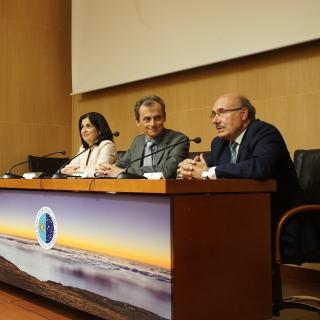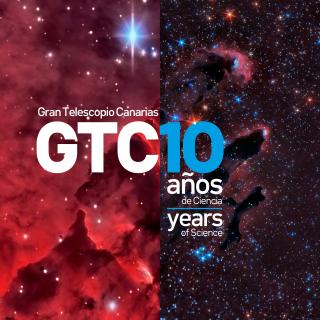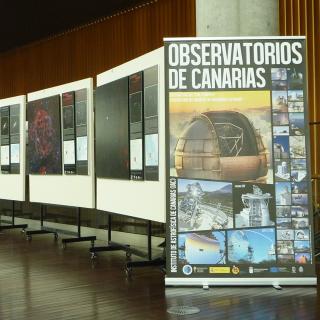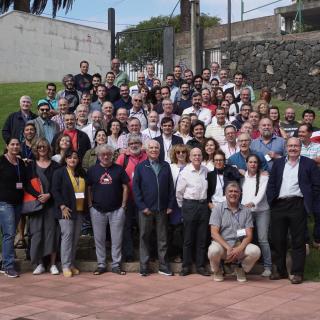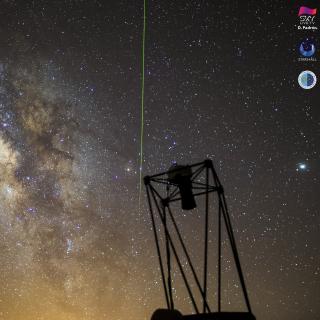
On the nights of August 12th and 13th we will be able to get maximum enjoyment of the Perseids. They will be broadcast live from the Observatory of Oukaimeden (Morrocco) on the sky-live.tv channel on the night of august 12th with the collaboration of the European project STAR4ALL, and from the Instituto de Astrofísica de Canarias (IAC). In addition the citizen science project “Star counters” financed by the Spanish FECYT, will offer an observation proposal for the whole family.
Advertised on

